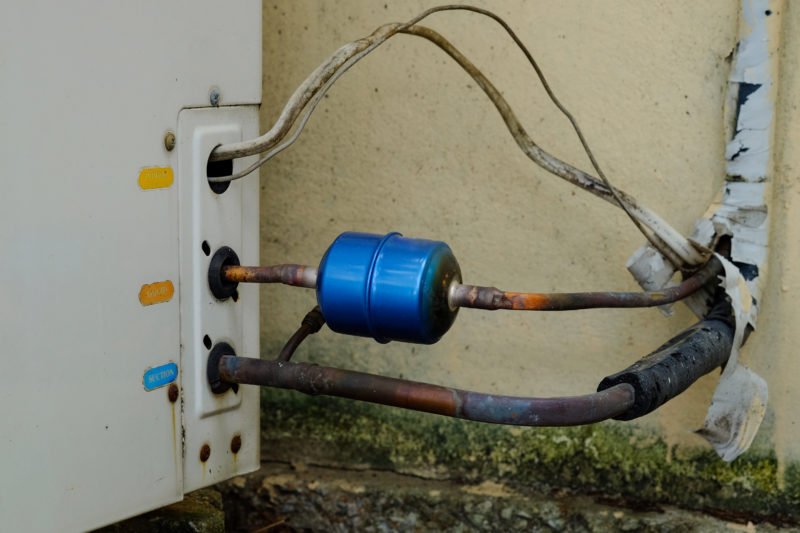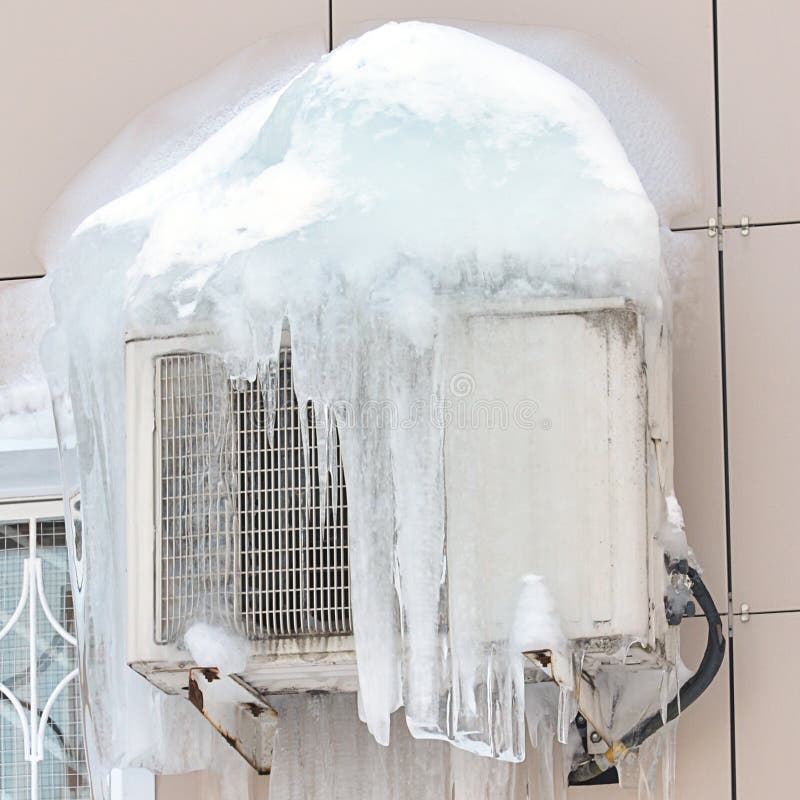Advice on Unfreezing a Frozen AC Pipe - Restoring Proper Functionality
Advice on Unfreezing a Frozen AC Pipe - Restoring Proper Functionality
Blog Article
What're your opinions concerning Why Is Ice On My Outside Air Conditione?

Intro
Uncovering that your AC pipe is frozen can be concerning, specifically throughout warm summer months when you count on your air conditioner one of the most. Comprehending what to do in such a scenario is crucial to prevent further damage to your air conditioning system and ensure your comfort inside.
Recognizing the Causes
Several elements can contribute to the cold of an AC pipe. Understanding these causes can help you address the issue efficiently.
Absence of Airflow
One typical root cause of an icy a/c pipeline is inadequate air flow. When the air flow over the evaporator coil is limited, it can trigger the coil to go down below freezing temperature level, causing ice development on the pipeline.
Low Refrigerant Levels
Inadequate refrigerant degrees in your air conditioner system can additionally lead to a frozen pipe. Low cooling agent degrees can trigger the pressure in the system to drop, leading to the cold of wetness on the evaporator coil.
Winter Conditions
In chillier climates, freezing temperature levels outside can contribute to the freezing of air conditioner pipelines. If your air conditioning device is not properly insulated or if there are leakages in the ductwork, chilly air can infiltrate the system, creating the pipe to freeze.
Dirty Air Filters
Unclean or blocked air filters can restrict airflow in your air conditioning system, bring about various problems, including a frozen pipeline. It's vital to replace or cleanse your air filterings system on a regular basis to make sure appropriate air movement and stop ice buildup.
Indications of a Frozen Air Conditioner Pipe
Acknowledging the signs of an icy a/c pipe is vital for prompt activity.
Decreased Airflow
If you notice a considerable decrease in air movement from your vents, it could show a frozen pipeline.
Ice Buildup on the Pipe
Visible ice build-up on the refrigerant line or the evaporator coil is a clear sign of a frozen air conditioner pipeline.
Odd Sounds from the Unit
Uncommon sounds, such as hissing or bubbling, coming from your air conditioner system can signify that there's ice present on the pipeline.
Immediate Actions to Take
When faced with an icy AC pipe, it's vital to act rapidly to stop further damage to your air conditioning system.
Turning off the a/c
The very first step is to turn off your ac unit to prevent the system from running and worsening the issue.
Looking for Blockages
Check the location around the indoor system for any kind of blockages that may be blocking air movement, such as furnishings or curtains.
Defrosting the Pipe
You can use gentle techniques like positioning towels taken in warm water around the frozen pipe to assist thaw it gradually.
Safety nets
Taking preventive measures can help stay clear of future occurrences of a frozen a/c pipeline.
When DIY Methods Fail
If your efforts to thaw the pipeline or address other issues are unsuccessful, it's time to call an expert.
Relevance of Hiring a Professional HVAC Technician
A certified HVAC specialist has the know-how and devices essential to diagnose and repair concerns with your AC system securely and effectively.
Regular Maintenance Checks
Schedule regular maintenance checks with a professional HVAC technician to guarantee that your AC system is running efficiently.
Changing Air Filters
Routinely replace or clean your air filters to prevent airflow restrictions and maintain optimal efficiency.
Shielding Exposed Pipes
If your air conditioner pipelines are subjected to chilly temperatures, consider shielding them to avoid cold throughout cold weather.
Looking For Professional Help
If DIY methods fall short to settle the concern or if you're not sure regarding exactly how to continue, it's ideal to seek support from a qualified HVAC technician.
Verdict
Managing an icy air conditioner pipe can be a discouraging experience, but recognizing exactly how to respond can aid lessen damage and recover comfort to your home. By recognizing the causes, identifying the indications, and taking punctual action, you can successfully deal with the issue and stop future occurrences.
Frozen AC Line: Why It Happens & What To Do About It
A frozen AC line can be a rather peculiar sight in a place like Phoenix, Arizona where nothing ever freezes. In this post, we’ll discuss what makes an air conditioner line frozen – and what you can do about it.
Dirty Air Filters
Did you know that you should be cleaning or replacing your air filters on a monthly basis? Failing to do this can result in airflow issues that, in turn, cause your evaporator coils and lines to freeze over. You’ll notice a buildup of ice on both components, although the buildup on your pipes will, of course, be more evident unless you open your air condition up to reveal the coils.
What To Do About It
Give your air filter a good cleaning if it’s reusable. If not, replace the filter outright. Next, switch your air conditioner’s fan setting on and leave it there for 2-3 hours. This will draw warm air in, helping to thaw your evaporator coil. You can also check out this article for some tips on cleaning the coils themselves if you’d like to speed the process up. Before you switch the unit back to its normal state, make sure the supply vents are completely unobstructed and free of dust or other debris.
If you keep having this issue even after replacing your filters regularly, contact a local HVAC repair company and have them inspect your evaporator coil, ductwork, and any other components that may be at fault. If you live in the Phoenix, Arizona area, give American Home Water and Air a call.
Low Refrigerant Levels/Leakage
What To Do About It
Contrary to what air conditioner “recharge” companies often tell their clients about refrigerant, it should never need to be simply refilled. You see, refrigerant runs in what experts refer to as a “closed loop.” Refrigerant really shouldn’t be leaving that loop. If it is, you’ve got a leak.
Paying someone to come and pump more refrigerant into your system (aka “recharge” it) isn’t the solution. Doing that will simply kick the can down the road. Besides, refrigerant leaks can be harmful to the environment and people in your home.
Rather, you need to take care of the leak with the help of a technician. Check out this article for some more information about dealing with air conditioners that are leaking refrigerant. Before you contact a technician, switch your thermostat to the off position. Then, switch the fan setting on and let it run for 2-3 hours so the unit can thaw.
Improper Temperature Setting
Improper temperature settings can also cause a drop in your air conditioner’s pressure. What many people don’t realize is that air conditioners are actually designed to run when temperatures have fallen above roughly 60 degrees Fahrenheit. If you run the unit when it’s cold outside, you’ll run into many issues, including frozen components.

I came across that post about How can I fix an air conditioner’s frozen pipe? when browsing the web. Sharing is caring. You just don't know, you will be doing someone a favor. Thank you for your time. Visit us again soon.
Click Here Report this page